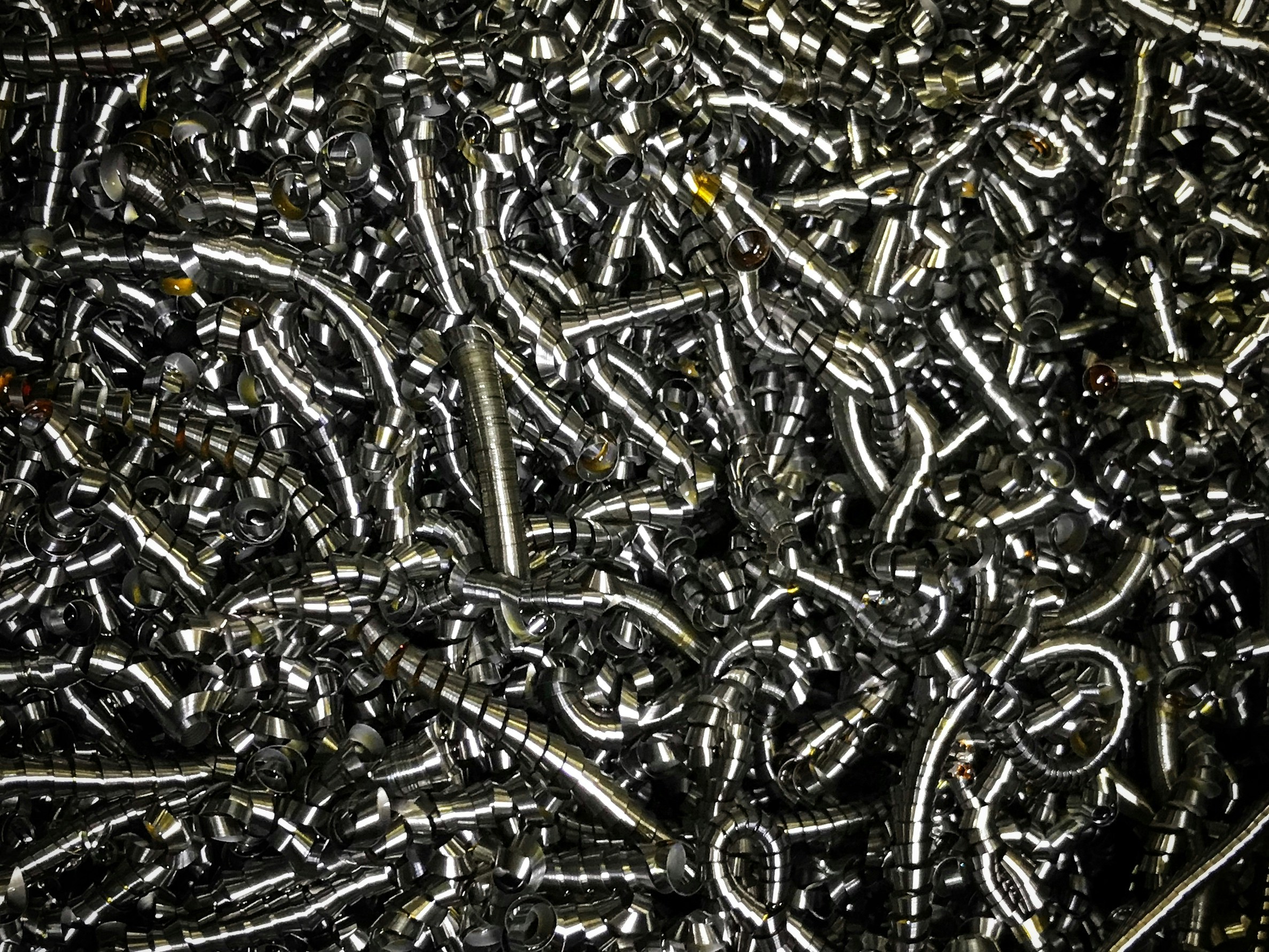Bentonite Waterproof Blanket For Landfill
The present invention relates to a bentonite composite waterproof blanket. It is especially used for artificial lake waterscape, landfill, underground garage, roof garden, pool and oil depot and chemical storage yard to prevent seepage.
It mainly consists of two special compound geotextiles and non-woven fabrics filled with high expansive sodium bentonite by prick method. The soil impermeable pad can form many small fiber spaces, the bentonite particles can’t flow in one direction and stay in the pad when it meets with water, which can effectively prevent leakage.
Geosynthetic Clay Liner (GCL)
GCLs are factory-made hydraulic barriers composed of a layer of low permeability montmorillonite clay supported by geotextiles or a geomembrane. The bentonite in GCL swells on contact with water and creates a low-permeability barrier. GCLs are often used to augment or replace compacted clay liners or geomembranes in landfills, safety basins and other hydraulic barriers.
GCL products are generally manufactured in panels (4-5 m by 25-60 m), shipped to the project site and rolled out to form a thin barrier. GCLs may be stacked to make thicker barriers. Rolls of GCL are shipped by truck or ship, depending upon the manufacturer and project location. During transportation, care must be taken to avoid entrapment of fugitive clay, gravel, stones or sand that could damage the GCL, clog drains or geomembranes and hinder subsequent seaming materials.
Depending on the manufacturing process, GCLs may be needle punched, stitched or adhesively bonded. Adhesive bonded products are generally more durable than needled or stitch bonded. The adhesive may also increase the internal shear strength of the GCL. In general, all types of GCL require careful handling to avoid premature hydration which could result in migration of the fully hydrated clay, particularly in applications with high hydrostatic pressures and shear stress.
If GCL is damaged during transport, handling or placement or before backfilling, it should be patched with a full-length geotextile patch that is the same type as the original product. This patch should be adhesive or heat bonded to prevent shifting during backfilling.
Prick Method Bentonite Waterproof Blanket
Prick method bentonite waterproof blanket is a kind of geosynthetic clay liner. It is made from grading natural sodium bentonite particles and admixtures mixed uniformly with special technology and equipment. It is fixed on the special composite geotextiles and non-woven fabrics by pricking the surface with needles. The high expansion of the sodium bentonite fills in the space between the geotextiles and non-woven fabrics, which can prevent leakage. It has good water-proof performance and is not influenced by air temperature. It has the advantages of reasonable technique, easy construction and short time limit for a project.
Bentonite can be used for binding foundry sand in moulds; absorbing grease, oil and animal wastes; pelletizing taconite iron ore; and improving the properties of drilling muds. It is also widely used in Landfill Bentonite Waterproof Blanket civil engineering applications such as landfill sites and nuclear waste repositories, as well as in the production of paint and speciality greases.
It is a low-alkali clay mineral that occurs naturally in the sediment load of natural waters and as an airborne dust. It is not known to have any toxic effects on humans, and biodegradation and bioaccumulation in the food chain are minimal. The bentonite can be mined from open pits and ground by crushing and screening. Several methods can be used to refine it, including drying and washing to remove impurities and calcining to modify its structure.
Soke Bentonite Waterproof Blanket
The bentonite blanket method is one of the simplest methods for lining a pond. It involves placing a thick layer of bentonite over the pond’s bottom surface. It is then covered with 4-6 inches of soil and compacted once or twice, depending on the size of the pond. Once the bentonite has been compacted, it can be filled with water.
Bentonite is a unique natural clay that has the ability to swell when it comes into contact with water. This high-swelling capacity allows it to create a watertight seal, preventing the movement of water into the underground structure. This method also has the advantage of being self-healing, meaning that if the bentonite blanket is punctured or torn, it will swell and seal the area.
Another advantage of this method is that it’s very easy to construct and requires a minimal amount of equipment. In addition, it can be used in areas that are not easily accessible. For example, it can be used for underground engineering projects, landfills, and anti-seepage of rooftop gardens.
A bentonite waterproof blanket is a geosynthetic material that prevents leakage in landfills, ponds, and canals. It consists of a layer of sodium bentonite sandwiched between non-woven geotextiles. Sodium bentonite is highly expansive and can expand to many times its original volume when it comes into contact with water.
Multi-layer Bentonite Waterproof Blanket
A bentonite waterproof blanket is a large piece of fabric that contains a thick layer of sodium bentonite clay. It hydrates when it becomes wet, absorbing many times its weight in water. When soaked, it seals the surface and creates an impenetrable barrier that prevents liquid or gas from seeping into the surrounding soil or body of water. Bentonite waterproofing can be used for a wide range of applications, from landfills and wastewater treatment plants to mining operations. It is a cost-effective solution for below-grade projects that require long-term sealing.
Geosynthetic clay liner is a new type of geosynthetic material made from Gabion Mesh in Water Conservancy grading natural sodium bentonite particles and admixtures mixed uniformly and fixed by special technology and equipment. It is mainly used for anti-seepage of artificial lakes, waterscapes, landfills, underground garages, roof gardens, pools, oil depots and chemical storage yards.
The bentonite blanket is also ideal for phosphate slag banks, as it can provide an effective protection from leakage and erosion. In addition, it can be used in projects that involve contaminated groundwater and drinking water.
The multi-layer bentonite waterproof blanket is designed to be a high-performance, environmentally friendly alternative to conventional materials. It is capable of withstanding pressure and high temperatures without leaking or breaking down, making it the perfect choice for industrial and commercial applications. In addition, it is nontoxic and emits no VOC’s, which makes it safer for workers and the environment.

